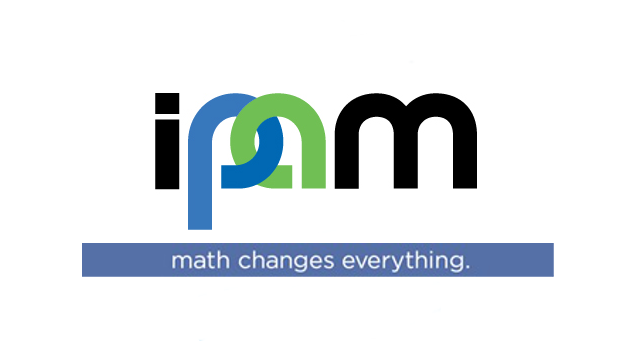Understanding exchanges across stratified/convective zones interfaces
Presenter
October 29, 2014
Abstract
Michael Le Bars
Institut de Recherche sur les Phénomènes Hors Equilibre
Authors: Michael Le Bars, Daniel Lecoanet, Jonathan Aurnou, Patrice Le Gal, Stéphane Perrard, Adolfo Ribeiro, Laetitia Rodet
In many geophysical and astrophysical situations, a turbulent fluid layer is separated from a stably stratified one by a relatively sharp but deformable interface. Examples include the convective and radiative zones in stars, the atmospheric convective layer and overlying stratosphere, the Earth’s outer core, ... While motions in the stratified layer are often neglected, it actually supports oscillatory motions called gravito-internal waves excited by the turbulence. Besides their direct observation as for instance in asteroseismology, GIW transport energy, carry momentum, break, mix… and are thus essential for accurate models of global climate and solar or core dynamics. Global integrated models including length scales and time scales spanning many orders of magnitude are required to fully address motions in turbulent and stratified zones and to understand the details of the highly non-linear couplings between meridional circulation, turbulence and waves: this is clearly very challenging from both analytical and numerical points of view.
I will present results from a laboratory experiment, where we take benefit from the unusual property of water that its density has a maximum value near 4oC to study its convective and oscillatory motions in a tank with a bottom boundary at about 0oC and a hotter upper surface. High precision local measurements of temperature fluctuations as well as global velocity measurements are performed simultaneously in the convective and stratified zones. Numerical simulations and analytical approaches complement those experiments. Our combined results allow to fully describe the main characteristics of the excited wave field and to test the two heuristic mechanisms of wave generation previously proposed, namely the mechanical oscillator effect and the deep excitation mechanism. Our main conclusions are that the main mechanism for wave excitation is the deep excitation mechanism, that it mostly excites low frequency waves that remain localized around the interface, and that the larger frequency waves propagate deeper into the stratified zone because of selective damping. Future work about non-linear effects of excited waves will also be discussed.
